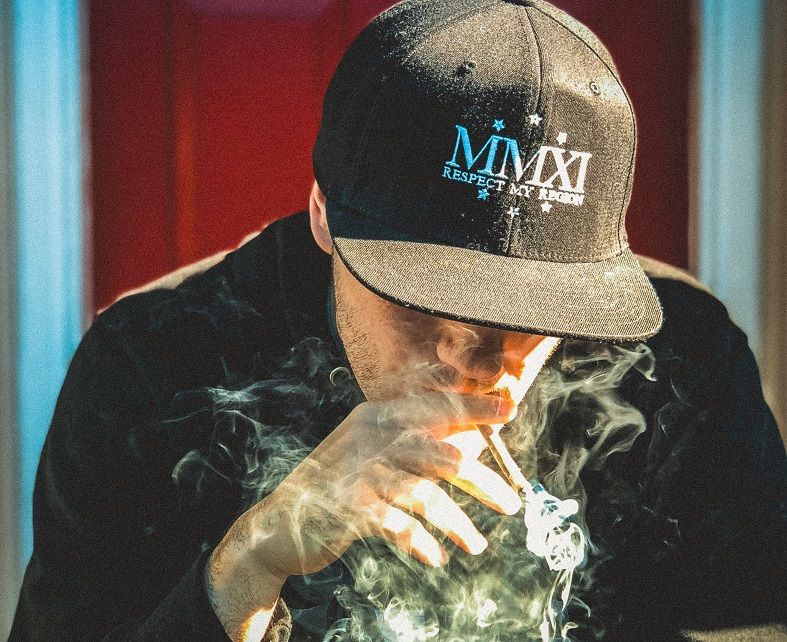Eating weed won’t get you high without decarboxylation

The marijuana plant is a highly misunderstood species and substance, and some of the most common myths surrounding cannabis can harm, and are damaging to, its reputation and status. Most people know that marijuana can be taken for a variety of reasons, including both recreational and medicinal, but most don’t realize how much science is behind the process of consuming it.
That is largely due to stereotypes creating irrational fears that have managed to trickle down through the generations being reiterated as fact, but the truth is, cannabis is actually pretty boring and inactive when it’s in its raw form. Here, we will unravel one of the oldest and longest myths about eating weed and explain how and why this information is pertinent to consumers.
What happens if you eat weed?
Not a whole lot. Though adding raw cannabis buds or leaves to any diet can be beneficial to your health, thanks to the multiple essential oils, vitamins and minerals that are naturally produced by the plants, the psychoactive and medicinal benefits are not unlocked until the buds go through a process that is called decarboxylation.
Until then, the cannabinoids within the marijuana plant materials remain inactive and at this point, are entirely different molecules called THCA and CBDA. These two elements are not the primary cannabinoids that most consumers are familiar with today, however, they can still offer a medicinal benefit as both are excellent for combatting inflammation.
THC and CBD are the activated elements that provide the majority of the medical and psychoactive benefits that we use cannabis plants for today, but in order to get them to this converted state, the bud flowers will have to go through the process of decarboxylation.
What is decarboxylation?
Decarboxylation occurs to every cannabis smoker regardless of whether or not they notice it taking place. After hearing that raw bud flowers will not get you high, you are probably wondering why smoking it works. Well, that is because of the flame that is used to burn the marijuana. The same holds true for vaporizers, joints and bongs and not all of them require a flame.
Decarboxylation is the process of heating your cannabis to the point that the elements within can convert to their activated forms. This is typically done in an oven, and it is the reason why cannabutter and other edibles recipes take so long to prepare. As the initial infusion of the cannabinoids into the fatty liquid must include decarboxylation for the goods to work as expected.
Once the bud flowers have been decarboxylated, the herb grind can be eaten as is and it will get you stoned. You can also toss it into nearly any recipe without turning it into cannabutter or cannabis oil, but the texture is enough to make some people go the extra mile to refine their base for marijuana edibles into a liquid or semi-solid form.
How to decarboxylate cannabis
To decarboxylate your marijuana, you will need a few things on hand, but even the least experienced consumers should have no trouble successfully completing the process.
You will need:
- Cannabis
- Baking pan
- Parchment paper
- Weed grinder
- Timer
Instructions
-
Start by grinding your marijuana bud flowers or leaves into a fine grind.
-
Preheat the oven to 330°F.
-
Spread a sheet of parchment paper over a baking pan, and spread the herb grind evenly across the middle, keeping a safe distance from the metal sides to avoid scorching.
-
Bake the bud grind for 35-40 minutes.
-
Remove the decarboxylated bud from the oven and leave it to cool. You now have completely activated cannabinoids that will get you high upon ingestion.

